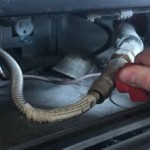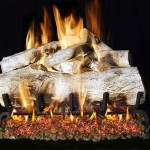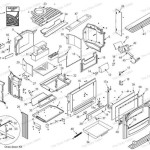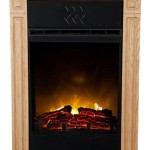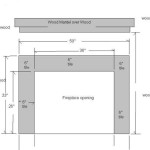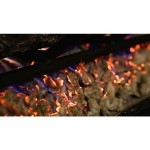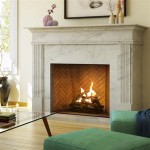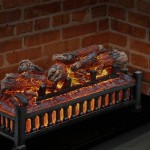Direct Vent Fireplace Pipe: A Comprehensive Guide
Direct vent fireplaces are a popular choice for homeowners who desire the ambiance and warmth of a traditional fireplace without the hassle and inefficiency of open fireplaces. These modern fireplaces operate on a closed combustion system, drawing fresh air from the outside and venting exhaust gases directly to the exterior. A key element in this system is the direct vent fireplace pipe, which plays a crucial role in safely and efficiently channeling the combustion products away from the home.
Understanding Direct Vent Fireplace Pipes
Direct vent fireplace pipes, also known as vent pipes or flue pipes, are specifically designed for use with direct vent fireplaces. They are typically constructed from stainless steel or aluminum, materials chosen for their durability, heat resistance, and ability to withstand the corrosive effects of combustion byproducts. These pipes are usually round or rectangular in shape and come in various lengths and diameters to accommodate different fireplace models and installation requirements.
Unlike a traditional chimney, which relies on natural draft to draw smoke and gases upwards, direct vent fireplace pipes utilize a combination of forced air and a sealed system. The fireplace blower forces the exhaust gases through the pipes, while the system’s airtight design prevents any unwanted air from entering the combustion chamber. This efficient system eliminates the risks associated with open fireplaces, such as backdrafting and a potential for carbon monoxide buildup.
Key Features of Direct Vent Fireplace Pipes
Direct vent fireplace pipes offer several key features that contribute to their effectiveness and safety:
1. Insulated Construction:
The pipes are insulated to minimize heat loss and prevent overheating of surrounding materials. This insulation also helps maintain optimal airflow and prevents condensation from forming within the pipe, minimizing the risk of corrosion.
2. Fire-Resistant Material:
The pipes are made from fire-resistant materials such as stainless steel or aluminum, ensuring they can withstand the high temperatures generated during combustion without compromising structural integrity.
3. Sealed System:
The sealed system of direct vent fireplaces prevents any unwanted air from entering the combustion chamber, ensuring efficient and controlled combustion. This helps prevent backdrafting, which can introduce dangerous gases into the home.
4. Versatility in Installation:
Direct vent fireplace pipes offer versatility in installation, allowing for both vertical and horizontal runs. This flexibility allows for installation in various spaces, including tight corners, or even through exterior walls, maximizing design freedom and minimizing space limitations.
5. Improved Efficiency:
The sealed system of direct vent fireplaces, coupled with the efficient venting provided by direct vent pipes, results in significantly improved heating efficiency compared to traditional fireplaces. This means less fuel consumption and lower heating costs for homeowners.
Conclusion
Direct vent fireplace pipes are essential components of modern direct vent fireplaces, playing a crucial role in ensuring safe, efficient, and environmentally friendly operation. Their robust construction, insulation, and sealed system contribute to optimal combustion efficiency and prevent potential hazards associated with traditional fireplaces. These pipes offer homeowners a reliable and aesthetically pleasing way to enjoy the warmth and ambiance of a fireplace while minimizing environmental impact and ensuring a comfortable and safe living environment.

Vented Vs B Vent Direct Free Dixie S

What Are The Best Ways To Vent A Gas Fireplace Zoroast

How To Install A Direct Vent Pipe
Gas Fireplace Venting Explained Heat Glo

Venting A Gas Fireplace Through Existing Chimney Direct Vent Inserts

What Is A Direct Vent Fireplace Fireplaces Learning Center
Gas Fireplace Venting Explained Heat Glo

What Is A Direct Vent Fireplace Fireplaces Learning Center

Pro Form Direct Vent System Bernard Dalsin Manufacturing

What Are The Best Ways To Vent A Gas Fireplace Zoroast

